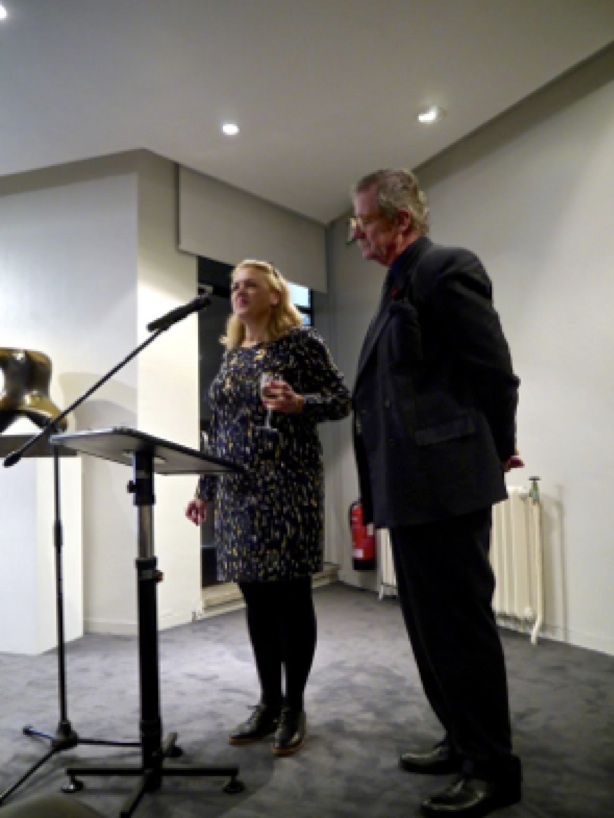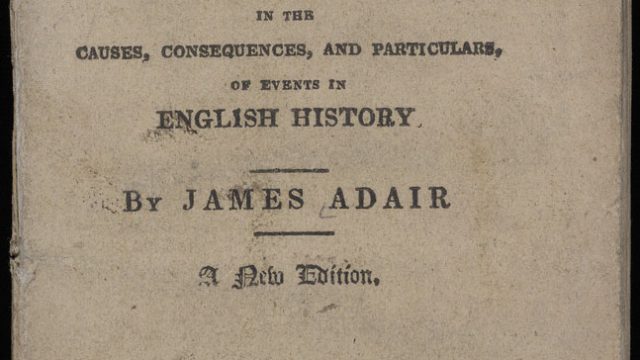by Victoria de Lorenzo & Roxanne Ravenhill
‘If Sir Nikolaus Pevsner is the father of design history, then Gillian Naylor is its favourite aunt’
These were the words pronounced when Gillian Naylor (1931- 2014) received her Royal College of Art (RCA) higher doctorate in 1987 and they were still some of the most repeated words at the recent symposium held in her memory at the RCA on October 30th 2014. Organised by Dean of Humanities and close friend Jane Pavitt, we, Roxanne and Victoria, were given the opportunity to attend this memorable event, which brought together students and scholars from across the globe, including from Brighton, Oslo and Canada. The evening held true to the Rector, Paul Thompson’s, promise of a ‘sad but enjoyable’ occasion; where those that knew her met to honour one of the most inspirational scholars of the History of Design.
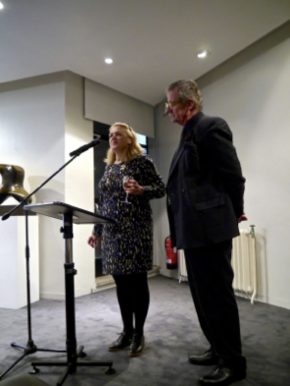
Of the several speakers, interior design and sexual politics historian, Penny Sparke, was first to speak. It was through her engagements with Naylor’s work that she initially encountered design history as a research assistant at Brighton Polytechnic in the 1970s.
Victoria: Roxanne, do you remember when Sparke recalled that she met Gillian through a folder she found in her desk full of Gillian’s personal-intellectual notes on her work? That really made me think how much an object can actually change the path of our lives. I mean, it was because that folder contained some, very valuable, observations in the field of design history that Sparke decided to focus on this field instead of continuing on her original disciplinary path, French literature.
Roxanne: The folder was like a clue lifted from the pages of a detective novel, where Gillian’s name led Sparke to buy her 1968 book, The Bauhaus. I found it fascinating that Sparke hadn’t ‘known’ what design history was and, by reading both the book and the notes in the folder, Gillian helped her to find her way into the discipline before they had even met.
Victoria: Yes, Penny Sparke contacted her after this discovery and Gillian became her PhD supervisor on 1960s British design theory and practice. Maybe that’s where all those gin and tonics they shared started. That calls to mind, how much the symposium reminded me of a group of friends gathered together to catch up at the bar. I didn’t know much about Gillian, but I suddenly felt like Penny Sparke with that folder in my hand.
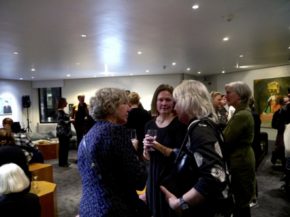
Roxanne: All of the anecdotes made me feel like I had almost met Gillian. I was captivated by the way in which her past students who spoke (Penny Sparke, Clive Edwards & Lisa Goodson) so similarly recalled how spirited a tutor and person she was: with her wise comments, punctuated by intermittent pauses and aided by wandering thoughts, given over large cups of tea or deep cigarette puffs. Of how her attentiveness to both humanities and practice-based students inspired so many, animated and lively debates in her little office at the RCA. Personally it was Clive Edwards’(s) tribute to her as a ‘guiding light’ that stayed with me throughout the evening.
Victoria: However, she did not simply “guide” her students. She was forever questioning the great, fundamental assumptions of the historiography of design or as Jeremy Aysnley said, ‘undermining any grand theory´ by underlining the ‘pathos of the design movements’. For instance, this is exactly what she did in her 1985 book, The Bauhaus Reassessed, by reviewing the social role of one of the most famous, historical schools of design. I wonder how visiting Weimar with Gillian and her students would have been?

Roxanne: I would have also liked to have been on that 1990 trip to Budapest, where they visited an artists’ colony and no-one can quite remember how they managed to get there! I think the yearly study trips she organised for the RCA students, even after her retirement, revealed another side to her bubbly, scintillating character; how much she laughed and how she was not only curious and inquisitive about her work, but life as well.
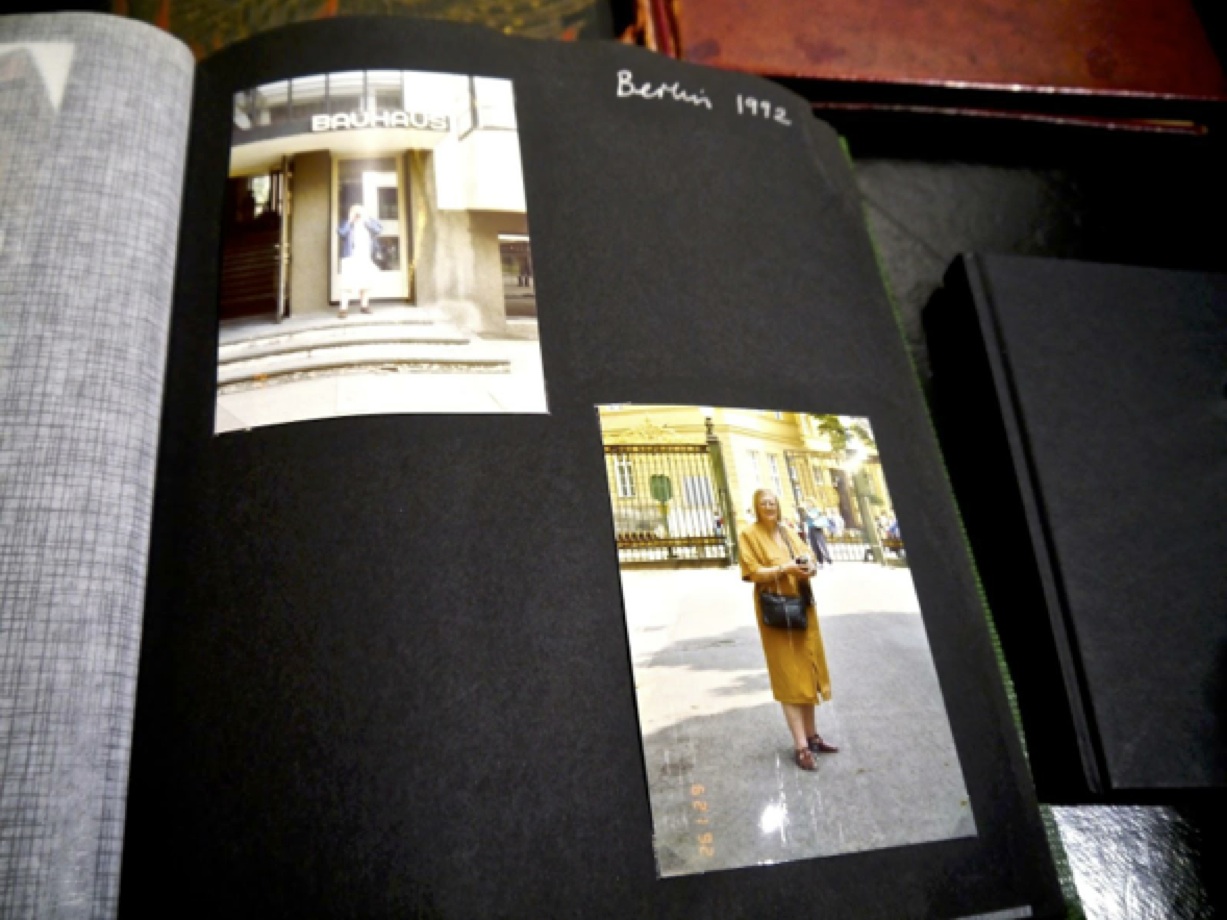
Victoria: We actually inherited that curiosity- since the trips are still a key component of the course today. We have the pleasure to be studying on the programme (MA History of Design, V&A/ RCA) which she, with Penny Sparke and Jeremy Aynsley (who spoke) among others, helped to found back in 1981-2. How do you feel about being a part of the first dedicated masters programme in the History of Design in the world?
Roxanne: I think the work of first wave design historians, like Gillian Naylor, was invaluable in shaping the personal experiences and academic landscape of the discipline. No doubt, through her work, she will continue to have a tangible legacy. For example, every time one of her books is re-read or picked up for the first time; such as her 1971 book, The Arts & Crafts Movement, which today still provokes critical discussions on the co-existence of romanticism, craftsmanship, nationalism, individualism and idealism. But, equally, with each new cohort admitted to the V&A/RCA masters course that she helped to define. And with every award of the course’s first year essay prize, which she set up in loving memory of her son, Tom.
Victoria: I believe we are all now part of her legacy, facing and asking ourselves, as Lisa Goodman said ‘How do we think and how do we think we know?’

